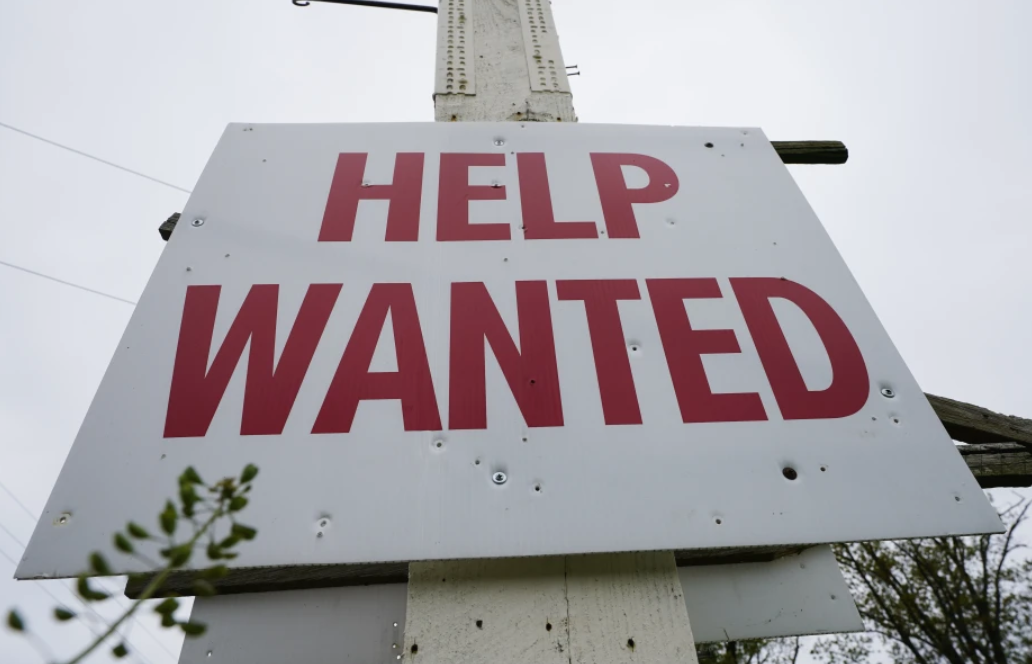Job openings in the United States declined in March as trade tensions tied to President Donald Trump’s policies continued to cast a shadow over the economy.
According to data released Tuesday by the Labor Department, employers advertised 7.2 million vacancies in March—down from 7.5 million in February and a significant drop from the 8.1 million reported in March 2024. This marks the lowest level of openings since September and falls short of economists’ expectations, which had pegged the number closer to 7.5 million.
However, the department’s Job Openings and Labor Turnover Summary (JOLTS) report included some positive indicators. The number of Americans voluntarily quitting their jobs—a traditional sign of confidence in the labor market—ticked up slightly. Meanwhile, layoffs decreased to their lowest level since June.
Although job openings remain elevated by historical standards, they have been on a consistent decline since peaking at 12.1 million in March 2022, a period when the labor market was still recovering from the pandemic’s economic fallout.
Despite this downward trend, the job market has shown resilience. Businesses, nonprofits, and government organizations have continued to hire, even amid the Federal Reserve’s efforts to cool inflation through higher interest rates.
Much of the uncertainty clouding the job outlook is tied to President Trump’s economic strategies, including aggressive tariffs on imports, cuts to the federal workforce, and intensified immigration enforcement, including deportations of undocumented workers.
Interestingly, recent federal job cuts initiated by Elon Musk’s Department of Government Efficiency had minimal impact on March’s employment data. Layoffs in federal agencies dropped to 8,000 in March from 19,000 the month prior, which had been the highest since November 2020.
“The job market is continuing to hold its own, but barely,” said Robert Frick, an economist with Navy Federal Credit Union. “While job openings dropped below forecasts, they haven’t reached post-COVID lows. Hiring remains stable, and layoffs have decreased slightly, suggesting employers are holding on to their current staff. But this might be the calm before the storm, as job cuts could rise among government contractors, manufacturers, and other sectors hit by federal layoffs and tariffs.”














